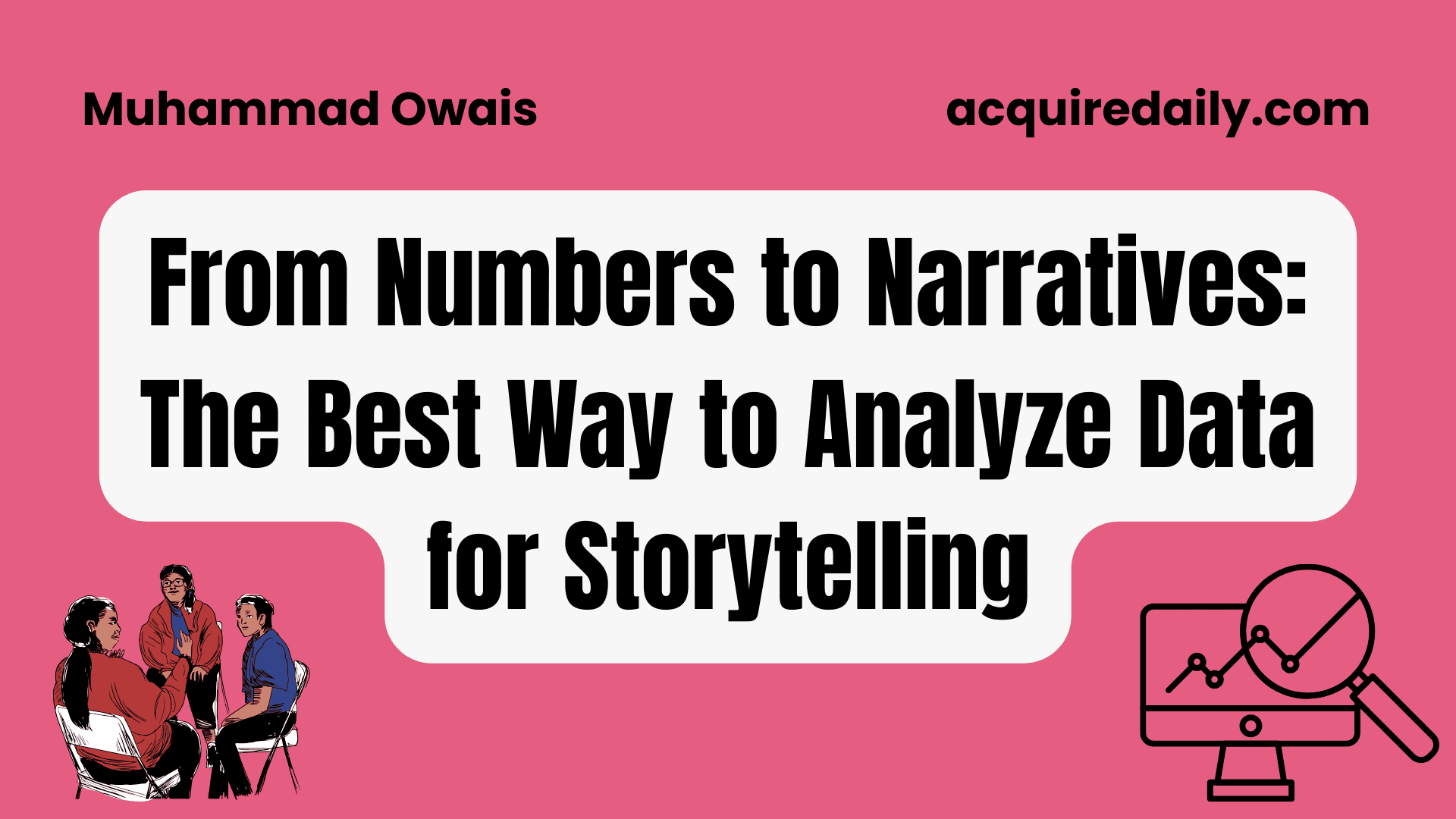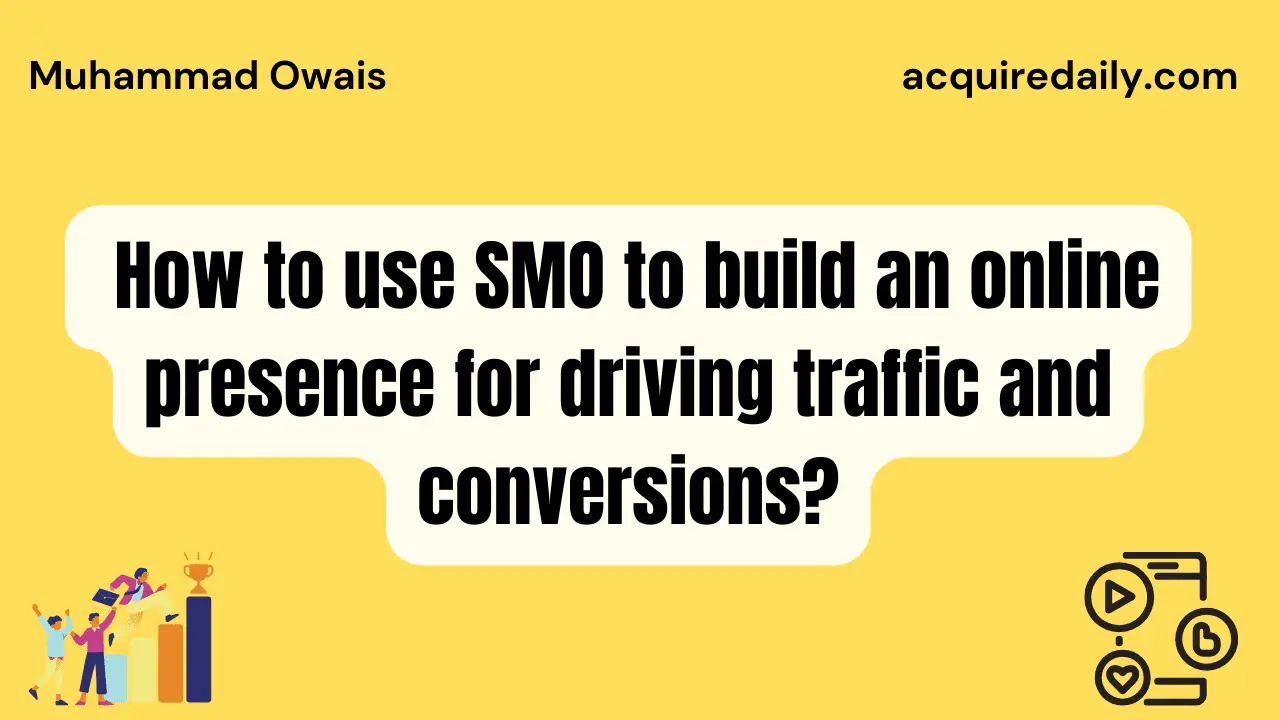Boost Your Content’s Visibility: Best Copywriting Tips for Featured Snippets
Table of Contents
- Understanding Featured Snippets and Their Importance
- Understand the Intent
- Use Headings and Subheadings
- Use Tables and Charts
- Use Schema Markup
- Test and Optimize
- Case Studies: Successful Featured Snippet Optimization
- Common Mistakes to Avoid
- Future Trends in Featured Snippet SEO
- Conclusion
- Key Takeaways
- Frequently Asked Questions – FAQs
Understanding Featured Snippets and Their Importance
Featured snippets are the boxed summaries that sometimes appear at the top of Google search results. They provide a concise answer to a user’s query by pulling an extract directly from a webpage.
What Are Featured Snippets?
Featured snippets, also known as position zero, are designed to provide users with a quick answer to their search query so they don’t have to click through to a website. These snippets contain a title, summary text, and sometimes an image or table pulled directly from a webpage.
Google selects pages with content that directly answers a user’s query for featured snippets. If your content answers a specific question comprehensively, concisely, and correctly, you have a good chance of ranking for a featured snippet.
Why Are Featured Snippets Important for SEO?
Featured snippets are highly valuable real estate in SEO. Ranking for them can provide tremendous visibility and traffic.
Here are some of the key benefits:
- Increased click-through rate – Featured snippets stand out on search engine results pages, attracting more user clicks. Studies show they can improve CTR by up to 30%.
- Higher rankings – Pages that rank for featured snippets tend to perform better overall in rankings. Appearing in position zero lends credibility and authority.
- Brand visibility – Featured snippets provide an opportunity to get your brand name and content in front of searchers. Even if users don’t click through, they will see you as an authority.
- Answer searches quickly – Featured snippets allow you to provide a concise, authoritative answer for search queries. This improves user experience and satisfaction.
Clearly, featured snippets are highly coveted in SEO. Using strategic copywriting and optimization can help you win these prime positions.
Understand the intent
The key to optimizing for featured snippets is understanding the searcher’s intent and writing to directly answer their question or resolve their problem. Do keyword research to identify questions and phrases that your content can answer exhaustively.
Analyze the top-ranking snippets for your focus keywords to see what content format works best. Compare different approaches to choose the one that best satisfies user intent.
Use headings and subheadings
Featured snippets typically pull content from headings and subheadings. Make sure to include H2 and H3 tags in your content and have them mirror commonly searched questions and keywords.
For example, if you see searches like “how to bake cookies quickly,” include a subheading “How to Bake Cookies Quickly.” Google will extract content under that heading for the snippet.
Use tables and charts
Featured snippets favor content presented in easy-to-consume formats like tables, charts, and bullet points. Identify places where including visual elements would enhance scanned readability.
For example, comparison tables work well for snippets answering product research queries. Data from charts and graphs can answer “how much” or “how many” questions.
Use schema markup
Schema markup enables Google to better understand your content and extract the right text for featured snippets. Use schema.org tags like HowTo, FAQPage, and more based on your content format.
Proper schema helps Google match your headings and subheadings to featured snippet opportunities. It also allows inserting rich results like reviews, ratings, images, and authorship.
Test and optimize
Creating content with featured snippets in mind is the first step. You also need to continually test and refine your optimization strategy.
Try different heading tags, content formats, and schema markup to see which performs best. Look at competitor pages that rank for your target queries and borrow any effective tactics.
Use tools like Rank Tracker and SERP Snippet Optimization Tool that help monitor and optimize featured snippet rankings. A bit of trial and error is key to staying on top of this volatile space.
Case Studies: Successful Featured Snippet Optimization
Real-World Examples of Copywriting for Featured Snippets
Let’s look at some real-world examples of effective copywriting that won featured snippets:
- An SEO company optimized a guide titled “How to Recover from a Google Penalty” to rank for the snippet for [how to get rid of a Google penalty]. Strategic headings, bullet points, and schema helped the page beat out the previous Wikipedia snippet.
- A food blog post titled “How Long to Boil Corn on the Cob” snagged the snippet for [how long to boil corn] by providing a simple, skimmable answer under an H2 matching the query. A table summarizing boiling times based on corn size sealed the deal.
- Software documentation using toggles, accordions, and tabs to present information pulled ahead for queries like [css accordion]. Interactive content formats work well for instructional searches.
What We Can Learn from Featured Snippet Success Stories
These examples demonstrate how focusing on searcher intent, informative formatting, strategic optimization, and compelling copy can help content rank for featured snippets. Observing what works for others will inspire ideas for your own snippets.
Common Mistakes to Avoid
Over-optimizing and Keyword Stuffing
Avoid going overboard with keyword repetition in an attempt to rank snippets. Google is adept at identifying unnatural, spammy content.
Don’t just jam keywords into headings either. Create useful, naturally flowing content that organically answers the query.
Ignoring Mobile and Voice Search Optimization
With more than half of searches happening on mobile, optimizing content for smaller screens is critical. Use short, scannable paragraphs and generously sized text.
Voice search usage is also rising. Use natural language and conversational tone tailored for speaking versus writing.
Future Trends in Featured Snippet SEO
Preparing for Evolving Search Engine Algorithms
Google frequently tweaks its snippet selection algorithms. What worked yesterday may get replaced tomorrow.
Stay on top of updates and keep testing new approaches. Diversity in optimization is key to adapt to changes.
The Impact of Voice Search and AI on Featured Snippets
Voice search requires content optimized for spoken syntax and voice assistants like Google Assistant may start providing conversational snippets.
AI will allow more dynamic snippets tailored to context and user history. Ensure your content provides value for the shift to semantic search.
In summary, featured snippets present a huge SEO opportunity but also require staying power. Keep tabs on Google’s updates, study what works for competitors, and consistently refine your copywriting and optimization efforts. With strategic preparation, your content can answer searches in position zero.
Conclusion
Featured snippets represent an invaluable opportunity in SEO to rank highly and answer user queries directly. But claiming position zero involves more than just targeting keywords. By focusing on intent, crafting compelling copy, using strategic formatting, and continually optimizing, you can create content that has a strong chance of ranking.
Pay attention to emerging trends and algorithm changes while learning from others who have succeeded. With the right recipe for research, copywriting, and technical optimization, your website can tap into the power of featured snippets.
Key Takeaways:
- Featured snippets help answer search queries directly and provide immense SEO value.
- Optimize content by matching headings and subheadings to user questions and search terms.
- Use formatted lists, tables, toggles, and other scannable content types favored by snippets.
- Implement schema markups like HowTo and FAQPage to help Google understand your content.
- Avoid overstuffing keywords artificially. Focus on creating useful, engaging copy.
- Regularly refine and test new approaches. Study competitors and stay updated on algorithm changes.
- Prepare for the impact of mobile, voice search, and AI on future snippets.
Frequently Asked Questions – FAQs
What is the ideal word count for snippets?
Google will pull anywhere from 1-3 sentences for a featured snippet. Keep your sentences and paragraphs concise, aiming for around 20-30 words maximum.
How many headings and subheadings should I use?
Include at least 2-3 H2 and H3 tags in your content. Make sure they mirror common user questions and align closely with your target keywords.
What’s the best content format for snippets?
Bulleted and numbered lists, comparison tables, data from charts, toggle boxes, and accordion/tabs work well. Use the type of visual content that best answers the search intent.
Can I include images in snippets?
Yes, Google may sometimes pull an image from your page to show in the featured snippet, especially for visual queries. Ensure your images are high-quality, relevant, and add value.
How often do featured snippets change?
Google is constantly A/B testing snippets, so they can change frequently. Track your snippet rankings regularly and be prepared to pivot your optimization strategy.
Should I repeat my focus keyword throughout the content?
Don’t over-optimize or it will read unnaturally. Aim for a keyword density of 1-2% for an informative, engaging snippet.
What’s the best way to monitor my snippet rankings?
Use tools like Rank Tracker, SEMrush, and Moz to track your snippet positions. Referring to Google Search Console can also provide insight.
You May Also Like
How Artificial Intelligence Is Shaping The Future Of SEO?
How To Use SMO To Build An Online Presence For Driving Traffic And Conversions?
Best Practices To Write Web Content That Is Both Informative And Engaging, And Encourages Action.








